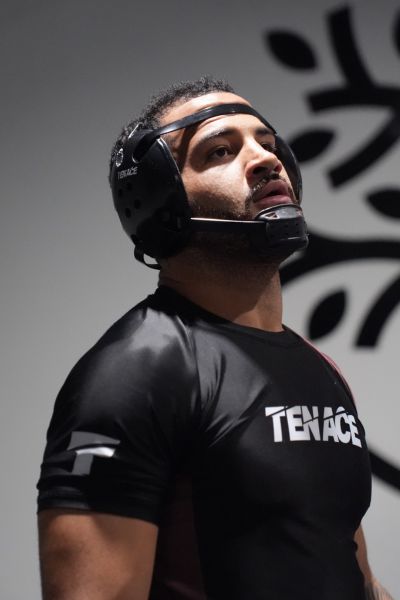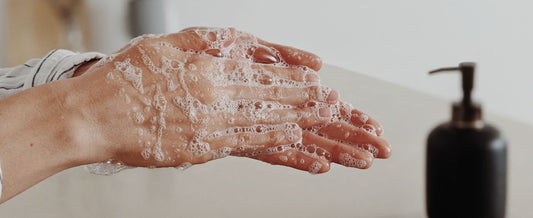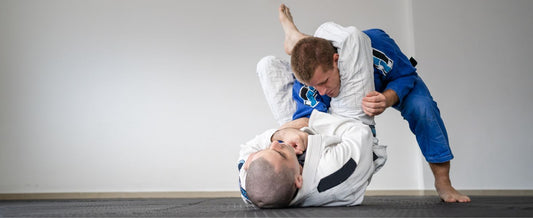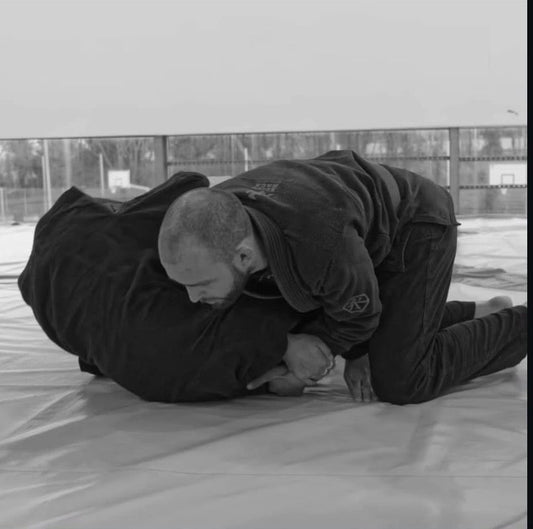
These articles may also interest you:
- Knee Braces vs. No Knee Braces in BJJ, Grappling, etc. – Tenace
- Improve your grip with tape – Tenace
- 5 Techniques to Start Jiu-Jitsu – Tenace
Everything you need to get off to a good start in Brazilian Jiu Jitsu
Are you going to attend your first Brazilian Jiu Jitsu (BJJ) class? It's normal to feel nervous, curious, and excited all at the same time. All of us training today have been in your shoes. The good news is that with a little preparation and the right attitude, your debut can be an incredible experience.
In this comprehensive guide, you'll discover what to bring, what to expect, what the class should be like, and why it's worth taking the plunge.
What should you bring to your first class?
Before you go, ask yourself whether the class will be in a gi or no-gi. If you don't know, it's best to ask.
Classes with Gi:
- BJJ Gi (many academies lend it to start)
- White belt
- Tight underwear to avoid discomfort
- Flip-flops for off the tatami
- Water bottle and small towel

KIMONO TENACE
No-Gi Classes:
- Rashguard or fitted t-shirt (no loose cotton)
- Shorts or tights without zippers or pockets
- Optional: knee pads, earmuffs, or mouth guard if you're already experiencing discomfort
And most importantly: come clean, with short nails and good personal hygiene. This is your first sign of respect for yourself, your teammates, and the mat.

RASHGUARD TENACE
What happens in your first class?
Each academy has its own style, but sessions generally follow this structure:
- Warm-up : Joint mobility and exercises such as shrimping and general drills to prepare the body.
- Technique of the day : The instructor demonstrates a technique that you then repeat without resistance, the important thing is to understand the movement.
- Technical sparring : the technique is practiced with a certain amount of controlled pressure to understand how to apply the mechanics live.
- Free sparring (rolling) : In many beginner classes it is optional, but if it is used, it will be gentle and guided, with rounds of 5 to 6 minutes.
The first class isn't about competing, it's about getting involved. If you don't understand everything right away, that's okay. At first, you learn with your eyes and your body.
How should a good teacher act with you?
Your first class says a lot about the academy. A good instructor (or advanced classmate) should:
- Welcome you and explain the basic rules of tatami and tapas.
- Show you how to safely surrender (the “tap”).
- Pair yourself with someone who is patient and can help you understand without overwhelming you.
- Be available to answer your questions.
- Create an environment of respect, without pressuring you but integrating you from the beginning.
This may involve spending a few minutes individually, or simply adjusting to the group dynamics with direct attention.
How to prepare yourself mentally?
Your mindset can be more decisive than your strength. Engage your mind before you roll:
- It's okay to feel lost at first.
- Don't expect to win, you're there to learn.
- They all started the same.
- It's not a test, it's an exploration.
Watch, listen, copy, and enjoy the journey. Your only goal in this class is to leave wanting to return.
What will change in your next classes
Over time you will notice how you begin to:
- Remember names like guard, side control, or mounted.
- Recognize techniques and positions.
- Improve your coordination, breathing and control.
- Develop confidence in your body and technique.
Progress may seem slow, but it's constant. BJJ isn't a sprint, it's a marathon: improve day after day, racking up small victories.
Common mistakes made by beginners
Avoid them by keeping an open attitude:
- Use strength instead of technique.
- Having tapas late out of pride.
- Comparing yourself to others.
- Don't ask when you don't understand.
- Training with fear instead of curiosity.
These mistakes are corrected with humility, dedication, and a desire to learn.
Should you use protection from the start?
Often, the most stressed areas, like knees, elbows, or ears, start to hurt after a few weeks. Wearing pads isn't weakness; it's intelligence to keep training consistently.
At Tenace we design equipment to help you from your first workouts:
- Reinforced knee pads , perfect for those who feel pressure or discomfort when resting their knees.
- Comfortable and breathable elbow pads to prevent elbow irritation.
- Adjustable earmuffs , so you can train without the risk of cauliflower ear.
🔗 Explore our full collection →
Visual checklist for your first class
- Clean, fitted clothing
- Flip-flops and water bottle
- Open mind to learn
- Desire to integrate and listen
- Impeccable personal hygiene
“I arrived with no knowledge and felt awkward, but the atmosphere was so positive that I wanted to come back right away. Today I train three times a week, and BJJ is a part of my life.”
— Luis, white belt, 3 months training
Getting started in BJJ is a step into a community that values respect, technique, and continuous growth. It's not about becoming a champion tomorrow, but rather evolving with patience and consistency.
Are you ready to get on the tatami?
Have you done it yet and have a story to share?
This space is for creating a supportive and evolving community. We'll read you below. 👇




